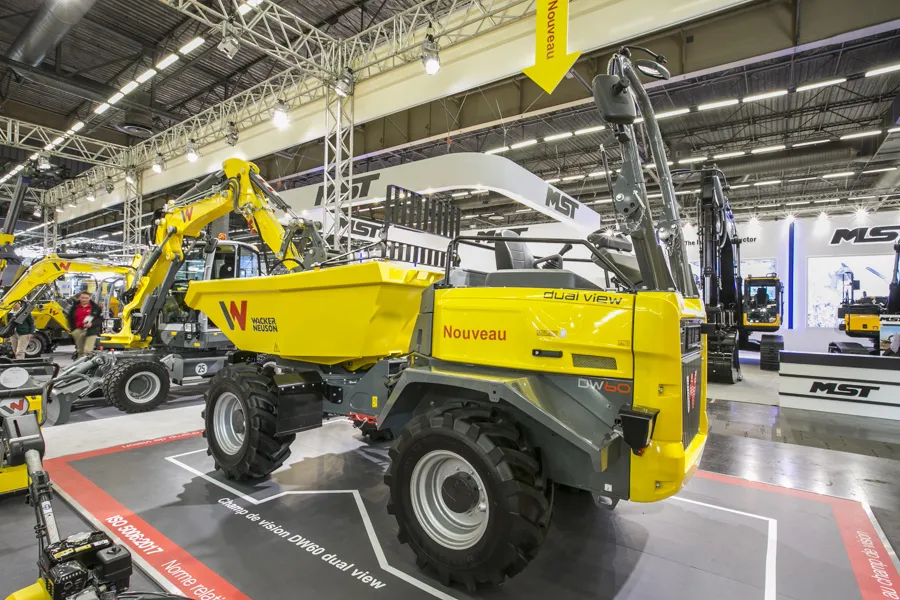Wacker Neuson’s Dual View DW60 is the firm’s answer to improving operator visibility on forward-tip site dumpers. It affords the use of a reverse drive format, where the entire operator station – seat, steering column and control console – can be spun through 180-degrees.
April 27, 2018
Read time: 1 min

This concept allows the operator to spin the seat to manoeuvre the dumper conventionally, by looking over the skip when placing the machine for loading and tipping operations. Then the seat can be turned around for driving across site, so the skip is then behind the operator, creating a clearer vantage point when driving. It also avoids the need for the machine to be reversed away from an excavator.
However, this format does pose the question of whether or not the site dumper will then be classed as an articulated dump truck, and if so, an operator’s licence may need to reflect this.







